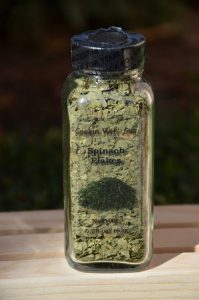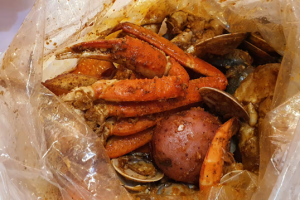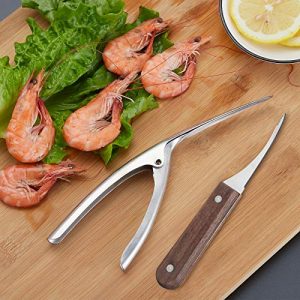Jerk Baiting Surf Fish
Injured minnows or other sea creatures caught in the surf are easy prey for predators in the surf. Enter the surface or shallow running stick aka jerk bait. Designed to look like a minnow that's in a lot of trouble, these baits don't disappoint. They are easy targets for predators and are quick to fall victim to fish looking for an easy meal. Jerk Baiting Surf Fish is a blast and triggers explosive strikes in shallow water.
These baits are colorful and with their internal rattler, they alert predatory to their presence. When inhaled, the treble hooks lodge in the fish and don't let go. They are designed to obfuscate themselves using color and clear bodies. Fish looking for them only see a part of the body and attack what they can see and feel. The thumping made by the rattler is a time-worn trick and helps differentiate the bait from the crashing of the waves. The erratic fast action can often trigger fish in ways few other baits can. This is especially true in warmer waters. While jerk baits are great when fish are lethargic, they excite schooling fish out on the hunt.
Jerk Baiting Surf Fish Season
Remember jerk baits are one of the few baits that are truly effective the whole year through. Even during the cold water period, when the fish are more inactive and more vertical in their location, the jerk bait can be an effective tool. Ideally, a spinning reel with a gear ratio from 6:1 to 7:1 is the sweet spot. If you use a reel that's too fast, you run the risk of overpowering the action of your jerk bait by pulling in too much line. As a general rule, clear water calls for natural or transparent jerkbait colors. When fishing more stained water, solid colors and those with a little flash tend to do better.
Since you'll be using jerk baits in the surf, the water will usually be dirty because of the sand but try basing your decision on how clear the sky is. Throwing this bait around wind-blown points, banks or pockets are all great locations during these conditions. Forage is another important factor when throwing a jerk bait. Jerk baits imitate fish such as shad and bluegill, so it's important that bass feed on similar types of forage.
There's a lot more I can say about using jerk baits in the surf so the best advice I can give you is to get out there and try it out. If the fish aren't biting, just remember that is why it's called "fishing" and not "catching". You won't be disappointed.








